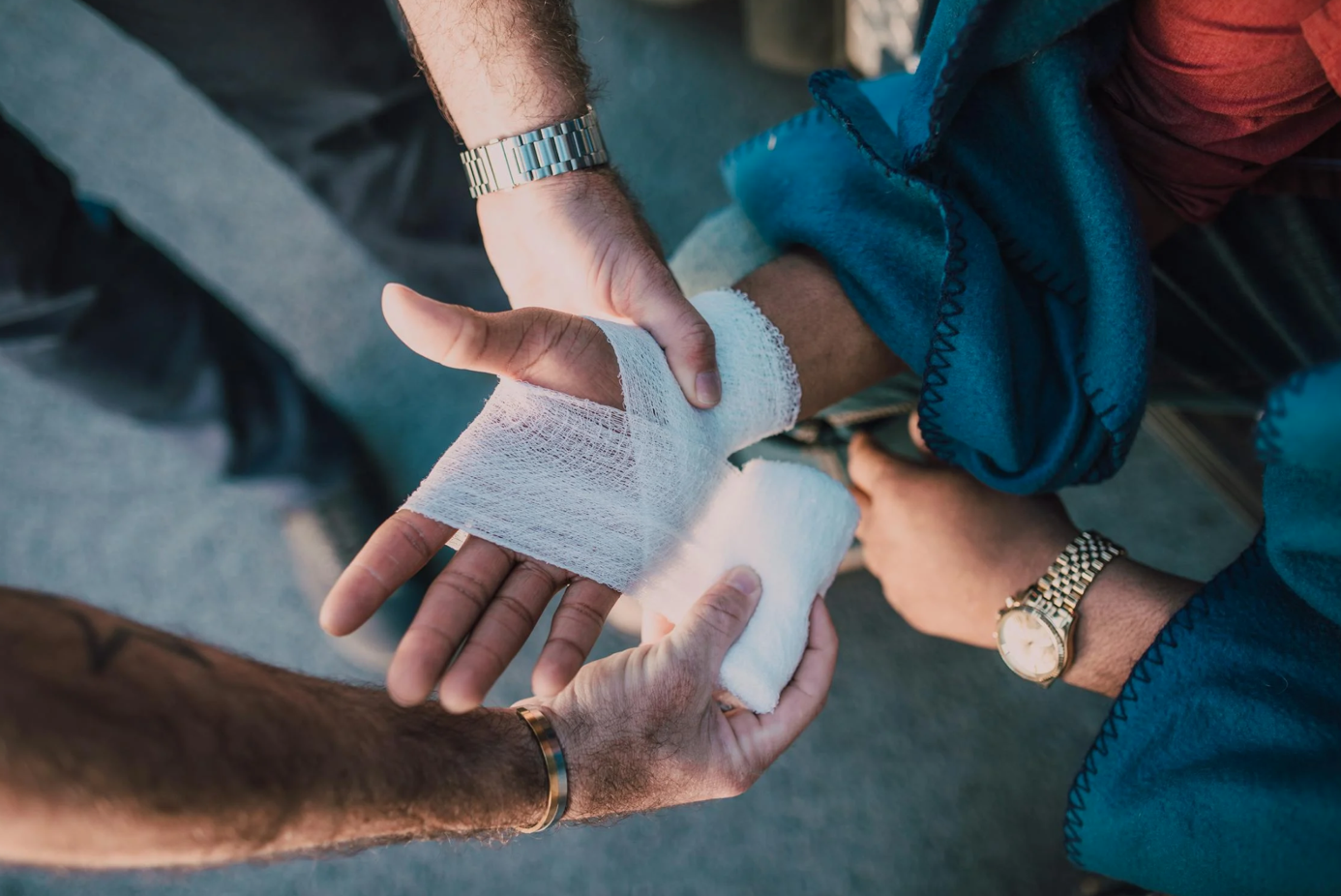If you’ve undergone debriefing and a specialist found indications of emotional stress, you may need to factor in these findings in your claim.
Calculating the full extent of the injuries and suffering you sustained is crucial in not only increasing the chances of court victory, but also getting compensated fairly for everything you’ve gone through. With the help of your personal injury attorney, you can come up with an amount that’s more than enough to cover your current expenses and secure your future. It’s only a matter of looking at the most important factors:
1. Severity of Injuries
The most important element for demanding a large compensation package is the nature and severity of the physical injuries you sustained. It’s simple enough. A minor gash might not be life-threatening, but it’s still an injury that requires medical attention. Wounds that form a permanent scar, on the other hand, warrant a higher payout. If the accident could’ve disabled you or caused the death of a loved one, then you’re in the position to demand punitive damages and file for civil charges. It’s always important to get treated for injuries no matter how severe. Even minor injuries may conceal lifetime damages that should be factored into your claim.
2. Liability and Negligence
Another important element in determining the size of a personal injury payout is the concepts of liability and negligence. Under the law, people are responsible for exercising due care with each other, especially in situations where such duty is recognized at all times.
An individual or entity that breached this responsibility through an act of negligence and inadvertently caused injury and death is held liable. What’s more, liability may be shared by several other parties, in which case they are obligated to cover the full value of your claim. The payout may also increase if these individuals or entities admit liability outright.
3. Quality of Evidence
Documenting a personal injury case not only establishes fault, but also impacts the amount you will be receiving from the party at fault. Testimonies from people who witnessed the situation unfold as well as photographic evidence and medical reports add credibility to your claim and increase your potential payout as every detail comes to light. You need to gather every document – from police reports to hospital receipts – and turn them over to your attorney who can then come up with a better estimate of your compensation.
4. Property Damages

In addition to physical injuries, you will also need to look at what items you may have lost or have been damaged. If you were rear-ended by another vehicle, you may ask “What is the average payout for a rear-end collision?” The amount will depend on the severity of the damage as well as your vehicle’s fair market value and the type of car insurance cover you have applied for.
It pays to collect documents on property losses and damages which may consist of receipts from repairmen, proof of ownership, and the condition of the item itself. It also helps if you could produce photographs and other visual documentation to prove that the item was directly damaged.
5. Emotional Damages
Getting injured can leave you emotionally scarred, the resulting trauma affecting your mental wellness and diminishing your lifestyle. If you’ve undergone debriefing and a specialist found indications of emotional stress, you may need to factor in these findings in your claim. This enables you to increase your potential payout so that it covers the pain and suffering element of your claim. It may not ensure full emotional recovery on your part but it can ease up the hardship you may face in the aftermath.
Endnote
If you were injured by someone else’s recklessness and negligence, you’re poised to receive compensation that’s more than enough to help you recover. You just have to make sure all of these factors are present as you file your claim.


Join the conversation!